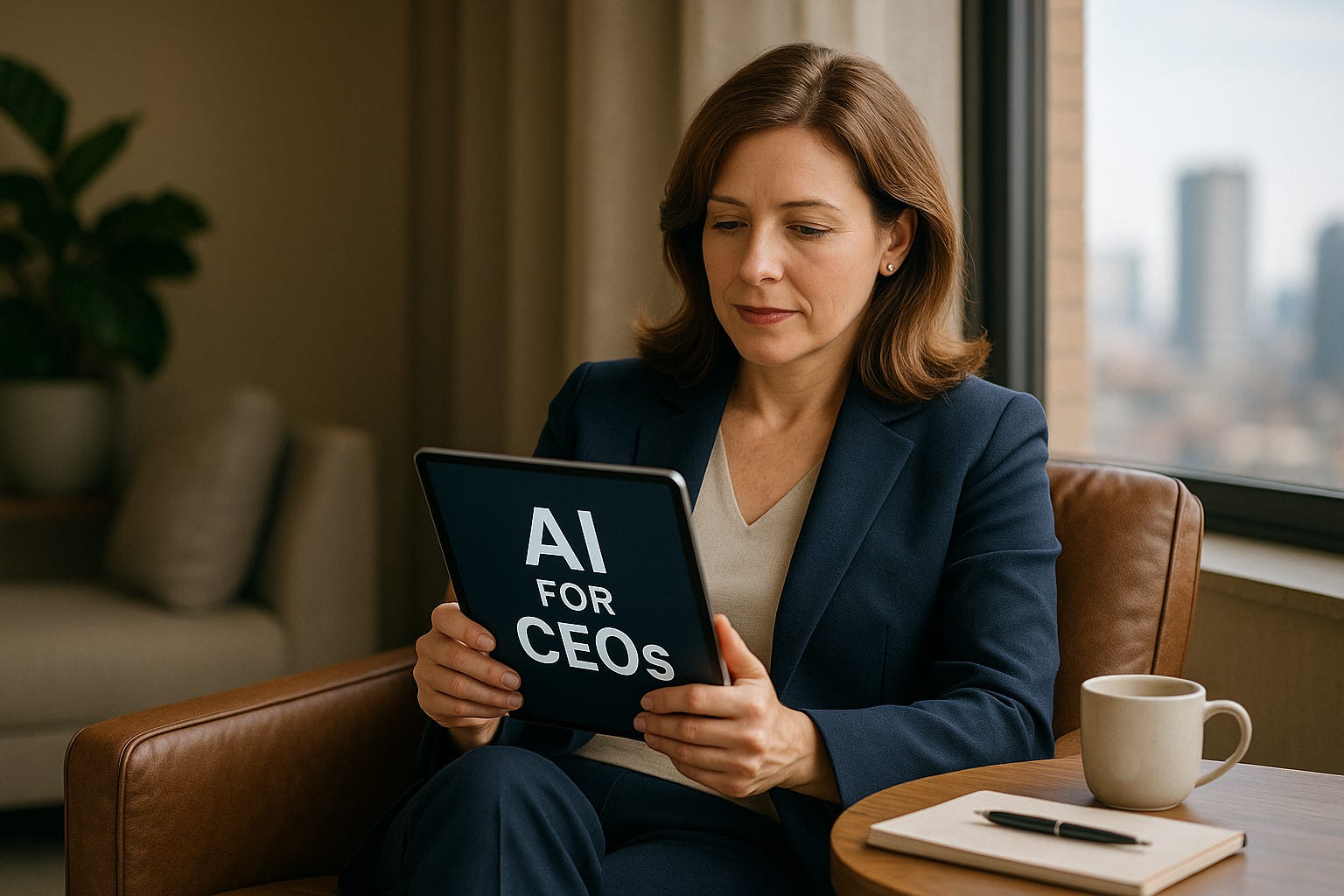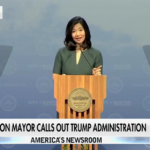The Strategy Whisperers: How Top CEOs Are Rewriting the Rules of Growth
In a volatile global economy where traditional business models are being upended by digital transformation, geopolitical shifts, and evolving consumer behavior, today’s most successful CEOs are no longer simply operators—they are strategic visionaries. Often referred to as “strategy whisperers,” these top corporate leaders are fundamentally rewriting the rules of growth, blending innovation with resilience, agility with long-term vision, and purpose with performance.
This new breed of CEO is not just navigating change—they are orchestrating it.
The Evolution of Growth Strategy
For decades, corporate growth was measured primarily in terms of market share, revenue expansion, and geographical reach. But as business landscapes have grown more complex, top CEOs have realized that sustainable growth now demands more than just size—it requires reinvention.
Traditional growth levers—like mergers and acquisitions or cost-cutting—are being replaced with:
- Customer-centric innovation
- Digital-first models
- Purpose-driven missions
- Ecosystem partnerships
- Talent and culture transformation
These strategic shifts reflect a deeper understanding: growth today is exponential only when companies evolve faster than their environment.
Traits of the Modern “Strategy Whisperer” CEO
The CEOs who are successfully rewriting the rules of growth share key traits:
1. Visionary Thinking with Operational Grit
They look years ahead but also know how to execute in the present. Think Satya Nadella at Microsoft, who shifted the company’s focus to cloud and collaboration tools, while streamlining its operations.
2. Bold Risk-Taking
Leaders like Elon Musk or Jensen Huang (NVIDIA) are not afraid to bet big on the future—whether it’s AI, space, or semiconductors. These bets often require short-term discomfort for long-term gain.
3. Customer Obsession
From Tim Cook at Apple to Mary Barra at GM, CEOs are focusing on user experience, product design, and digital services—not just product features.
4. Agility in Decision-Making
In a fast-changing world, growth-oriented CEOs adopt agile decision-making frameworks. They empower teams, decentralize control, and use real-time data to pivot quickly.
5. Human-Centered Leadership
Leaders like Roz Brewer (formerly at Walgreens) and Andy Jassy (Amazon) are putting employees, communities, and societal impact at the heart of their strategies—recognizing that purpose drives performance.
Strategic Playbooks That Are Redefining Growth
1. Digital Transformation as a Growth Engine
Across industries, CEOs are leveraging digital tools not just for automation, but for personalization, scale, and new business models. Digital maturity is now synonymous with growth potential.
- Retailers are becoming tech platforms (e.g., Walmart with Walmart Connect).
- Banks are investing in AI and mobile-first ecosystems.
- Healthcare companies are using telemedicine and data analytics to expand access and reduce cost.
2. Diversification with Purpose
CEOs are expanding into adjacent markets, not randomly, but with a strategic fit. Amazon’s foray into healthcare, Tesla’s energy ventures, and Disney’s streaming focus all reflect growth through relevant diversification.
3. Strategic M&A Reinvented
Instead of massive buyouts, modern CEOs are using targeted acquisitions to fill gaps in technology, talent, or market entry—e.g., Google acquiring AI startups to maintain its edge in machine learning.
4. Culture as a Competitive Advantage
Growth isn’t possible without internal alignment. CEOs are turning corporate culture into a strategic tool—one that attracts talent, accelerates innovation, and drives loyalty.
The Role of Data and AI in Strategic Growth
No modern growth strategy is complete without data and artificial intelligence. CEOs are using AI to:
- Predict customer behavior
- Optimize supply chains
- Automate decision-making
- Identify emerging trends
Data is no longer just an asset—it’s the foundation of smart, adaptive growth strategies.
Real-World Case Studies in CEO-Led Strategic Reinvention
1. Satya Nadella (Microsoft)
He shifted Microsoft from a Windows-first to a cloud-first company, growing Azure into one of the largest cloud platforms in the world. The culture shift he initiated also reignited innovation.
2. Mary Barra (GM)
Barra is steering GM from an auto manufacturer to an electric vehicle and mobility company. Her investment in EVs, battery tech, and autonomous driving is aimed at long-term sustainability and relevance.
3. Bernard Arnault (LVMH)
With a keen eye on luxury brand management, Arnault has grown LVMH into a global powerhouse by acquiring high-value assets and preserving brand equity through strategic exclusivity.
Redefining Metrics of Growth
Top CEOs are also changing how success is measured. It’s no longer just revenue and profit. New KPIs include:
- Customer lifetime value
- Digital engagement metrics
- ESG performance
- Innovation pipeline strength
- Employee satisfaction and retention
These metrics reflect a more holistic view of business health—and a more sustainable approach to growth.
The CEO as Ecosystem Builder
Strategy whisperers recognize that growth doesn’t happen in isolation. They are building ecosystems of partners, startups, developers, and regulators to co-create value. This approach transforms companies into platforms of innovation rather than standalone entities.
Examples include:
- Apple’s App Store ecosystem
- Salesforce’s partner network
- Google’s AI research collaborations
Conclusion: Growth Reimagined
The most successful CEOs today are part strategist, part technologist, and part humanist. They are not following old playbooks—they’re writing new ones that are:
- Flexible yet focused
- Data-driven yet human-centered
- Visionary yet grounded in execution
In the post-pandemic, AI-accelerated world, growth is no longer about doing more—it’s about doing different, smarter, and with purpose. The strategy whisperers leading today’s global companies are showing the way—and inspiring a new era of business leadership.
Their message is clear: The future belongs to those who dare to reinvent it.










